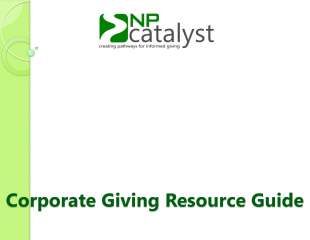Habits of highly effective giving
Like in business, charitable organizations require revenue to not only exist, but to provide support, growth, and opportunity to the beneficiaries they serve. Billions of dollars are contributed to organizations each year. Some donors may question is this enough or is their contribution needed? However, the more appropriate questions might be “Am I giving to the right …

